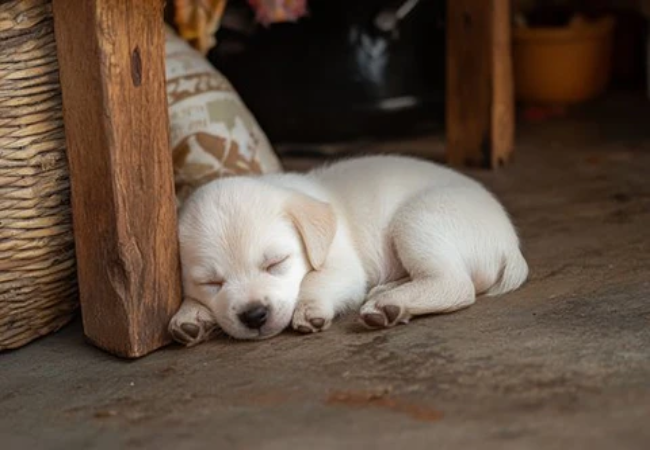Vet Guide to Cryptorchidism in Dogs 2025 🐶⚠️

In this article
Vet Guide to Cryptorchidism in Dogs 2025 🐶⚠️
By Dr. Duncan Houston BVSc
Cryptorchidism occurs when one or both testicles fail to descend into the scrotum by 6–16 weeks of age. It’s a genetic trait, common in small and toy breeds (e.g., Yorkshire Terrier, Pomeranian, Schnauzer, Chihuahua, Sheltie, Husky). Undescended testes may remain abdominal, inguinal, or just beneath the skin.
📍 Why It Matters
- Sterility: Bilateral cases lead to infertility; unilateral cases may reduce sperm production.
- Cancer Risk: Cryptorchid dogs are ~10–14× more likely to develop testicular tumors (Sertoli cell tumors, seminomas).
- Torsion Risk: Increased chance of spermatic cord twisting, resulting in acute abdominal pain.
- Feminization Syndrome: Estrogen-producing tumors cause signs like symmetrical alopecia, mammary enlargement, and prostate changes.
👀 Recognizing the Condition
- Absence of one/both testicles in the scrotum by 8–16 weeks of age.
- Non-painful unless torsion occurs, then may show abdominal pain, vomiting.
- Signs of feminization (esp. with Sertoli cell tumors): hair loss, nipple enlargement, abnormal urination.
🔬 Diagnostics
- Scrotal palpation—inguinal or subcutaneous testicles may be felt.
- Abdominal ultrasound identifies undescended testes and size/texture abnormalities.
- Hormone testing (hCG/GnRH stimulation) may help distinguish cryptorchid from neutered.
- CT scans may locate intra-abdominal testes in complex cases (e.g., suspected torsion, tumors).
💊 Treatment: Surgical Removal
- Neuter both testes: Removes risk of cancer and torsion; prevents genetic transmission.
- Surgical approach: Inguinal or abdominal incision depending on testicular location; removal of normal and retained gonad.
- Post-op care: Pain control, limited activity, incision monitoring, e-collar use, and suture follow-up.
- Prognosis: Excellent with routine neuter; early surgery greatly reduces complications.
🌳 Breeding & Genetics
- Inherited trait—should never be bred.
- Exclude affected males—and ideally carriers—from breeding programs.
- Advocate for screening littermates and parents in high-risk breeds.
✅ Dr Houston’s Vet Tips
- 🐾 Check scrotal development at each puppy exam until 16 weeks.
- 📄 Use ultrasound for nonpalpable cryptorchid testes prior to surgery planning.
- ✂️ Always remove both testes—don’t leave one intact to preserve fertility.
- 📝 Educate owners on higher cancer/torsion risks and breeding implications.
- 🔄 Schedule follow-up to ensure recovery and monitor for complications.
If your dog has undescended testes or shows abdominal pain, swelling, or signs of feminization—book a consult via the AskAVet.com app. Prevent complications and ensure lifelong health. 🐾❤️






